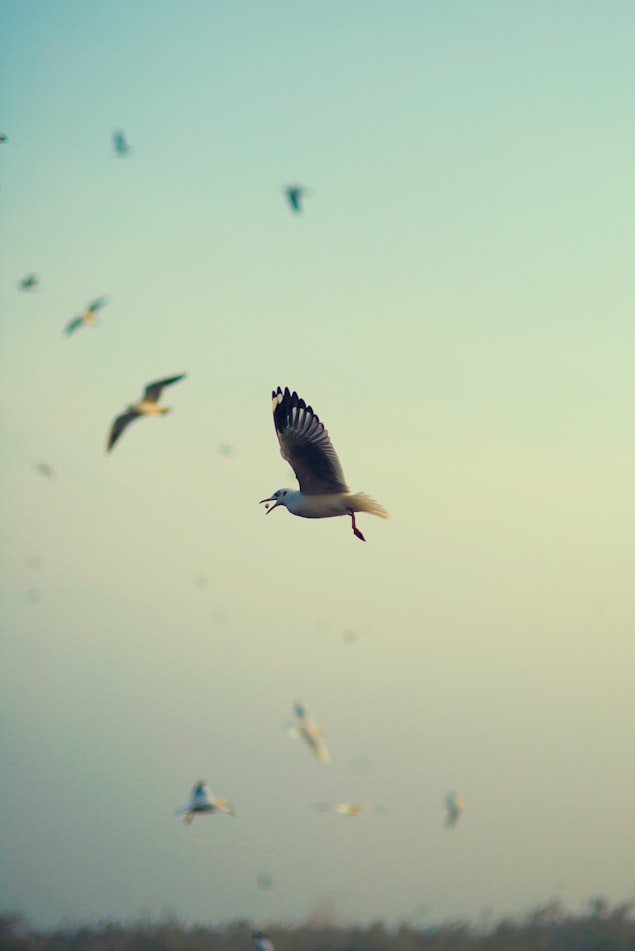Birds are migrating and flying, but they also have some secrets: Solving mysteries of bird migration
“Bird enthusiasts have been ringing birds since the 1890s,” says Anders Hedenström at Lund University in Sweden. “But ringing data only tell you where birds have been recaptured. They don’t tell you what they’re up to once they’ve disappeared over the horizon.”
With lightweight trackers, we can now follow even the smallest birds on their spectacular journeys. What we’re finding along the way is amazing, says Hedenström. “In just a few years, we’ve learned more about migration strategies than from a century of ringing.” Meanwhile, mathematical modelling and molecular biology are also bringing fresh insight into why and how they do it.
Wind direction
Wind direction is extremely important for migrating birds. If birds are heading north, they like to have the wind behind them, rather than having to struggle to fly into the wind wasting precious energy. In the spring, the ideal wind for migration is out of the southwest.
How do birds get in shape?
Migratory birds are extraordinary athletes - and their skills require serious preparation. In the weeks prior to take off, most of them undergo extreme physiological changes. Most obviously, they load the oils. In many cases, it temporarily supports the intake of as much food as possible from the digestive organs. Then, just before takeoff, they reduce the digestive organs to reduce their weight.
That’s not all. At least one type believes in what Jean-Michel Weber, at the University of Ottawa in Canada, describes as ‘natural doping’. Weber realized from the Bay of Fundy on the east coast of Canada that the semi-sandy calender, which never stopped until the end of summer every summer, had outlined the mud shrimp before leaving. Mud shrimps are loaded with omega-3 fatty acids, and Weber suspects these compounds increase the efficiency of the muscles of the calipers. It has become a more resident bird to differentiate its effects from other factors. By enough, the bobwhite fed the quails with a fatty acid cocktail equivalent to the diet of the sandballs, which hit 58 percent of the oxygen that their muscles could use.
The preparation of migrants doesn’t end there. Various species, including the red knot, are known to collect heart muscles, so they can pump more oxygen-rich blood in the body. However, bar-tailed godwit may have the most effective ways to strengthen aerobic capacity. Hemoglobin levels, which carry oxygen around the blood, increase significantly in the weeks before migration.
“Many birds will also break down muscle tissue along the way,” says Hedenström. “Muscle proteins contain plenty of water, which helps to avoid dehydration.”
How do birds navigate?
Mysterious. But we can say that birds probably use all their senses and tools:
-
Sun, for example, which means that they permanently “know” what time it is, in order to know the right direction on the basis of the sun’s position. They are also sensible to the ultraviolet rays which penetrate the clouds but are invisible for human beings.
-
Stars. This has been proved by letting birds fly in a planetarium and changing the stars’ position.
-
Earth’s magnetic field (earth’s north and south magnetic poles). Some birds, like pigeons, have a small zone in their brain made of magnetite (magnetic mineral), just like a small compass.
-
Knowledge of the landscape: they follow rivers, valleys or roads, or locate themselves with particular mountain peaks.
Record breaking migrations

Citations: https://www.ncbi.nlm.nih.gov/pmc/articles/PMC5655449/




Comments